Imagine a one-acre vegetable farm.
.jpg)
Pretty small farm, right? Indeed, farms that tiny are generally called "micro-farms." And they have their own set of issues.
But play along with us for a moment.
.jpg)
Now imagine this tiny farm punches, way, way above its weight. Imagine it can generate as much product as a farm 100 times its size.
Now imagine that every item coming from this fantasy farm is free of stuff like pests, pesticides, dirt, chemicals, and everything else we humans don’t want on our food.
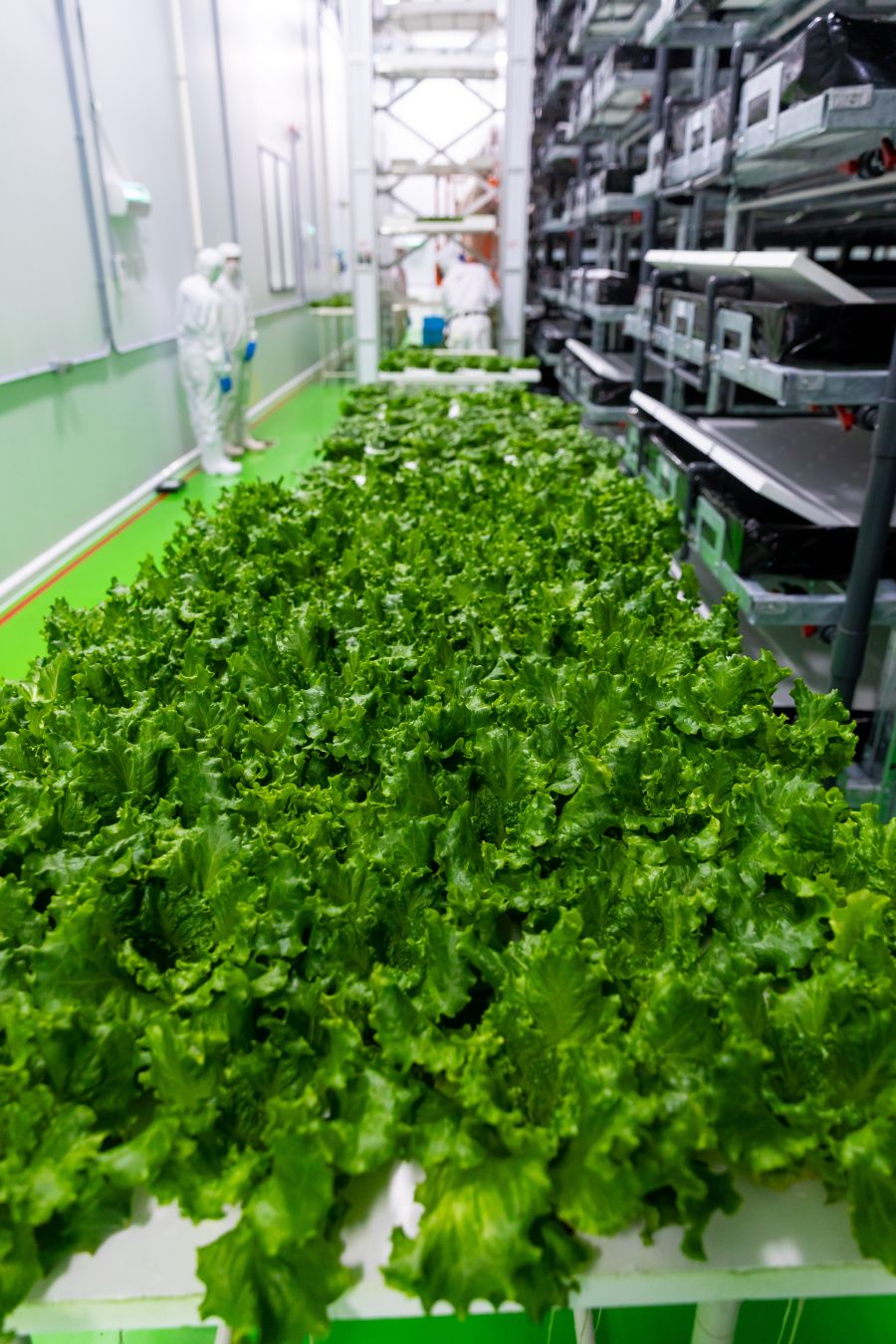
And finally, imagine the farm's operator can grow and harvest produce all year long, independent of environmental factors such as seasons, frost, snow, heat domes, climate change, and the like.
That would be a pretty special farm.
.jpg)
Luckily, the concept isn’t as outlandish as it sounds. In fact, the final touches are currently being applied to one such operation in the South Okanagan community of Okanagan Falls, on the southern end of Skaha Lake.
There's a certain irony in its location – on the same plot of land where forestry giant Weyerhaeuser once ran a rather large regional sawmill before closing it some 17 years ago, eradicating 200-plus jobs and all its spin-off benefits in the process.
Some say OK Falls hasn’t been the same since.
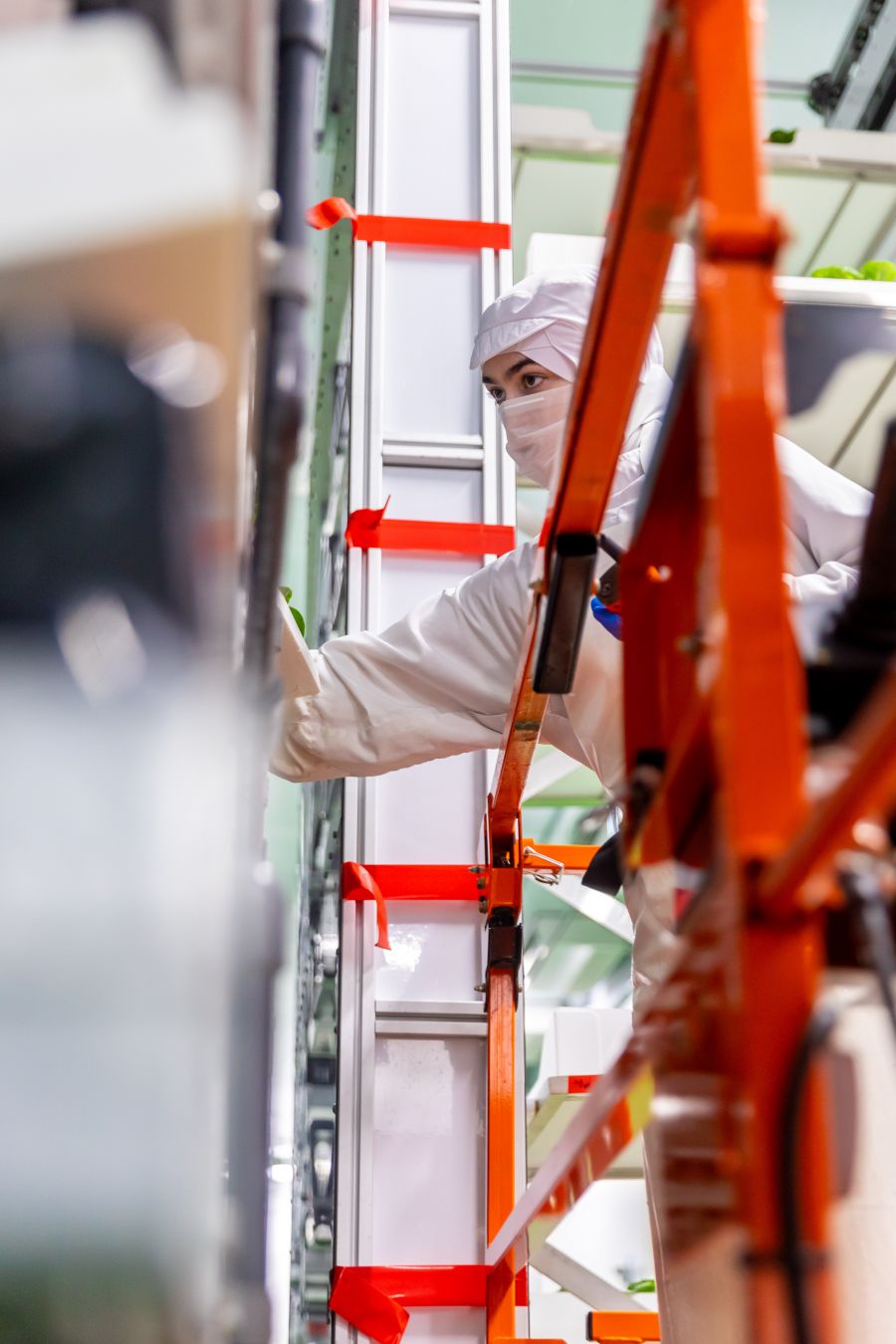
That the new farm, which will offer 50 jobs at its peak (there are 21 already), will be part of a substantial Weyerhaeuser redevelopment that'll also include a 100-acre light industrial park that could employ as many as 2,000 when fully booked, theoretically reinvigorating the entire region, is just one of several compelling elements to this story.
But it's the farm itself we're concerned with today. And for good reason. It's a glimpse into the future.
Avery Family Farms, as it's called in an ode to the ancestors of its ownership team, is a vertical farm. And that makes it a rare breed. There are just a couple of vertical farms of this size and scope in all of BC.
.jpg)
At a vertical farm, crops aren’t grown in the ground. They're grown on a series of stacked surfaces, one directly above the other, rising many meters into the sky.
Except in the vertical farm environment, there is no sky. And that's because it's all indoors, where absolutely everything about the lighting and the temperature and the water and all it takes to grow top-level product is controlled entirely by man and science.
In an overpopulated world that shows every sign of continuing down that path, in a world where droughts and other destructive climate events are on the rise and farmable land is on the decline, the day of the vertical farm is here. Or so says Avery Family Farms co-owner and spokesperson Garry Peters.
.jpg)
In 2020, Peters' business, Avery Group, purchased the 114-acre Weyerhaeuser land and got to work on both the industrial park and the farm. And now in April of 2024, those two projects are nearing simultaneous fruition.
At the park they'll start selling off the 19 large, serviced properties they’ve created within the next three months. At the farm, where they’ve been conducting a pilot growing/harvesting phase since September of 2023, they now feel confident enough to officially begin marketing their goods.
The first such sale will likely happen before mid-summer, and that's an impressive achievement.
.jpg)
Vertical farming, you see, ain't easy. Getting all those factors to play nicely together and essentially trying to outdo Mother Nature is a tough and meticulous task. That's why even today, some 12 years after the world's first commercial operation opened in Singapore, the headlines are littered with stories of vertical farm failures.
Peters says the idea of getting into vertical farming came to him during the pandemic.
"I wondered where food was going to come from," he said simply. "Ninety percent of our (Canada's) vegetables come from abroad. And I'd heard that if we had to close our borders for ten days or longer, we'd start running out of fresh vegetables within two weeks. That's something to think about.
.jpg)
"It seems if we don't take preventative measures in this country and in this province we will face food shortages and food price escalation like we've never seen before."
Peters clearly believes in his farm, and in his mission. And in his investment, which he estimates will total $30 to $40 million by September of this year.
But right now he, along with daughter Rachelle Peters and Erin Wright, both of Avery's Quality Assurance team, were wrapped up in a challenge of a different sort – decontaminating all four of us for PentictonNow's exclusive tour of the facility.
.jpg)
And yes, potential contamination is a huge deal at any vertical farm. The Avery cleansing process began the moment we walked in the front door, where we were immediately asked to remove our outer clothing layer and shoes and change into sanitary slippers.
We next used a sticky roll on the remainder of our "inner" clothing, then walked through another door, an airtight door, where we donned a head-to-toe layer of clean personal protective equipment. If we'd worn false eyelashes or nails or jewelry or anything of the sort, we’d have been required to remove it.
Next we visited the hygiene room, where we sticky rolled ourselves a second time then sanitized any equipment we'd been approved to bring with us. In our case, it was our Canon DSLR.
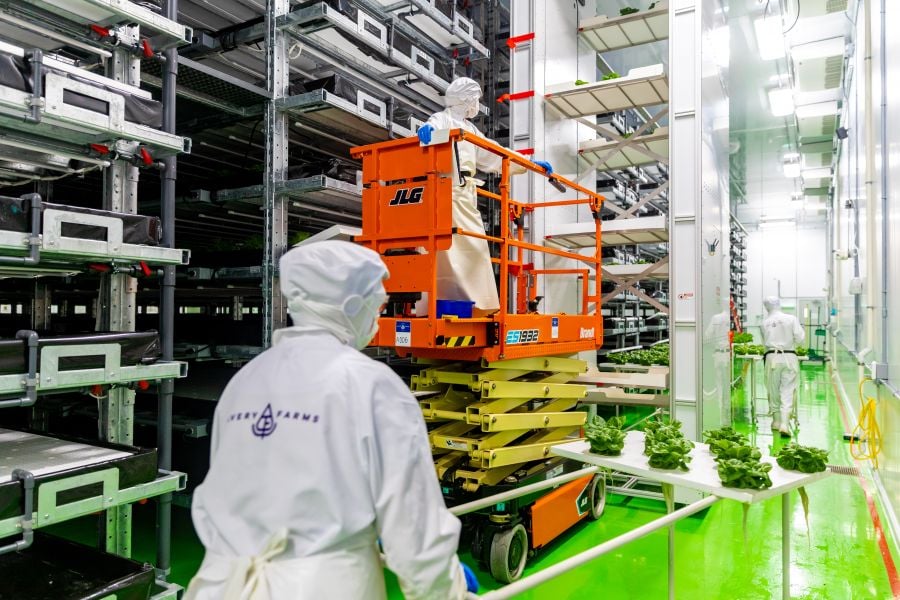
We washed our hands for a full 30 seconds and put our new white boots through a 30-second boot wash, then moved to the final phase where we entered a small, claustrophobic space with nozzles all over the walls.
The doors closed tightly around us and we were blasted from every direction by air. It's called an "air shower" and we suddenly felt like were in a futuristic spaceship.
.jpg)
Only then were we granted access to the growing area.
We glanced around the hangar-sized structure like an alien on a new planet, at all those layers stacked high in the air, at all the workers dressed much like us, at all those mobile lifts taking all those workers up and down.
We noted the warm temps. And the lack of wind. Within a few minutes we felt noticeably muggy.
.jpg)
It was all so very sci-fi.
It was also the domain of just a single crop – lettuce. Just as Garry Peters had told us in advance, Avery Family Farms is all about lettuce and nothing but lettuce.
Later we found out why, and it's really no great mystery. According to Peters, it's the easiest food product to grow. But almost as importantly, he said, this country and this province don't grow nearly enough of it to satisfy demand.
.jpg)
"Last year Canada imported 265,000 metric tons of lettuce, primarily from the United States," Peters told us, adding that the vast majority of the leafy crop produced at AFF will stay within BC.
According to Rachelle Peters, the farm is tailor made for it.
.jpg)
"It's built specifically for lettuce," she said. "The racks are the right distance. The spacing of the lights, the airflow. If we were to expand in the future to another crop, we'd need to build another factory."
She also taught us that each head is grown hydroponically in nutrient-enriched water rather than old-school dirt.
But even in a lettuce-centric facility, there are no guarantees of success.
.jpg)
"We're growing three types of lettuce right now," said Garry. "Frill, romaine, and green leaf. And we’ve been having some problems with our green leaf. It's lacking shelf life.
"But that's why we have a pilot phase. We're trying different types of green leaf and different approaches. Different light recipes, humidity, airflow, and more. It's a big science project."
"The intensity of light, colour recipes for each variety, airflow, CO2 – there are a lot of factors," added Rachelle. "And there are different fertilizer recipes as well."
.jpg)
Garry credits early alliances forged with vertical farm personnel in the technology's hotbed of Japan for making Avery's initial phase as smooth as it's been. Without the Asian assistance, he claims, it would have been far tougher.
"What I found particularly interesting," he said, "is that if we plant a plant in Japan and the same plant in Okanagan Falls, we don’t necessarily get the same results. Water will be a little different. Fertilizer, lighting.
"So you experiment and take your time, and that's what we’ve been doing."
.jpg)
Currently, just one of two "grow rooms" at Avery is in operation. But when both are running at full capacity this summer, the farm is expected to pump out ten to 12 thousand heads per day, every single day of the year.
"That equates to over three metric tons every single day," said Garry Peters.
Still, there are downsides to vertical farming apart from the time and the money needed to build and establish a productive, resilient facility. And one of the most critical downsides is energy usage.
.jpg)
Vertical farms need to recreate idyllic conditions indoors 365 days a year. They use lots of lights, a highly sophisticated climate control system, pumps and a whole lot more. And it all sucks up power.
We're far from vertical farms experts, but our brief research indicates that on average, a vertical farm will use multiple times more power than a "regular" greenhouse with an equivalent foot print.
Of course, it produces far more product too.
.jpg)
"It is true that electricity and labour are our highest input costs," said Garry Peters when asked for comment. "However, BC is a good source of renewable electricity at a reasonable price. And we're also working directly with Fortis BC on innovative energy solutions for the future."
Peters added that one of his goals is to "work on solar and maybe wind power" for the OK Falls facility.
By the time you read this article, Avery Family Farms will have officially introduced its product live and in person at a Vancouver Trade and Convention Centre trade show running April 24th and 25th.
.jpg)
But the event won’t be the first time they’ve exhibited their lettuce.
"We've already shown it and talked to retailers," said Garry. "We talked to Georgia Main (parent company of IGA and Fresh St. Market, formerly known as H.Y. Louie). And within ten minutes they told us this was the best product they'd seen in the last ten years. And yes, they tasted it."
Peters has also been chatting up political types.
"Recently I met with the Minister of Jobs and Economic Development and the Minister of Agriculture," he said.
.jpg)
"And we've sat down with the premier. Our message to him is that we have to set the tone for food security here in BC. And we have to do that because of climate change. Everywhere you look, the world is under attack by climate change."
And he believes he knows why so many vertical farms have been forced to prematurely call it quits.
"We've been strategic in approaching large grocery," he said, "because vertical farms that have come before us have fallen on their face.
.jpg)
"They fell on their face because they were not to scale. They were not well funded, and they did not have a long-term financial plan that would support them through all the trial and error it takes to bring a great product to the consumer."
At the end of our tour and our interviews, Rachelle Peters handed us two freshly picked heads of lettuce – a frill and a romaine. We sampled them in a salad that night then again one week later and again two weeks later.
And we ultimately reached two conclusions. First, they were very tasty, very crisp and very clean – some of the nicest lettuce we've ever eaten. Secondly, they remained that way 14 days later.
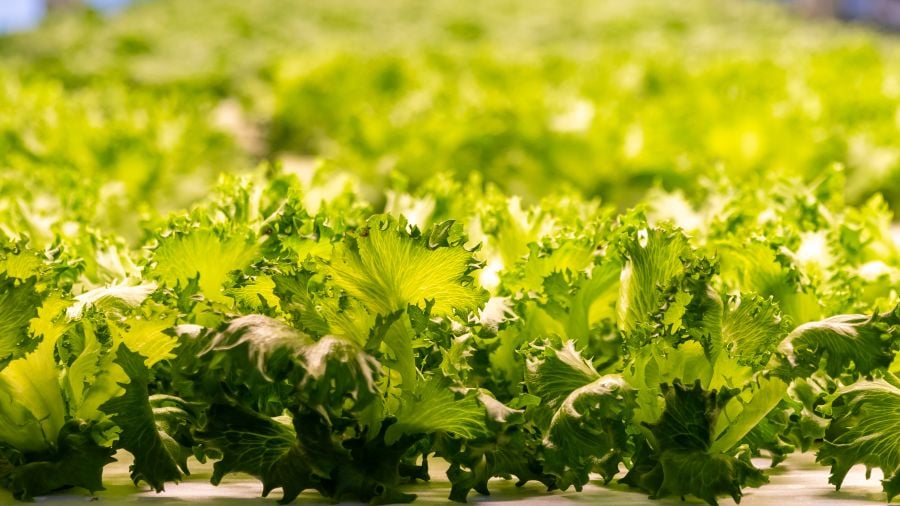
Colour us impressed.
For more info on Avery Family Farms, turn here.
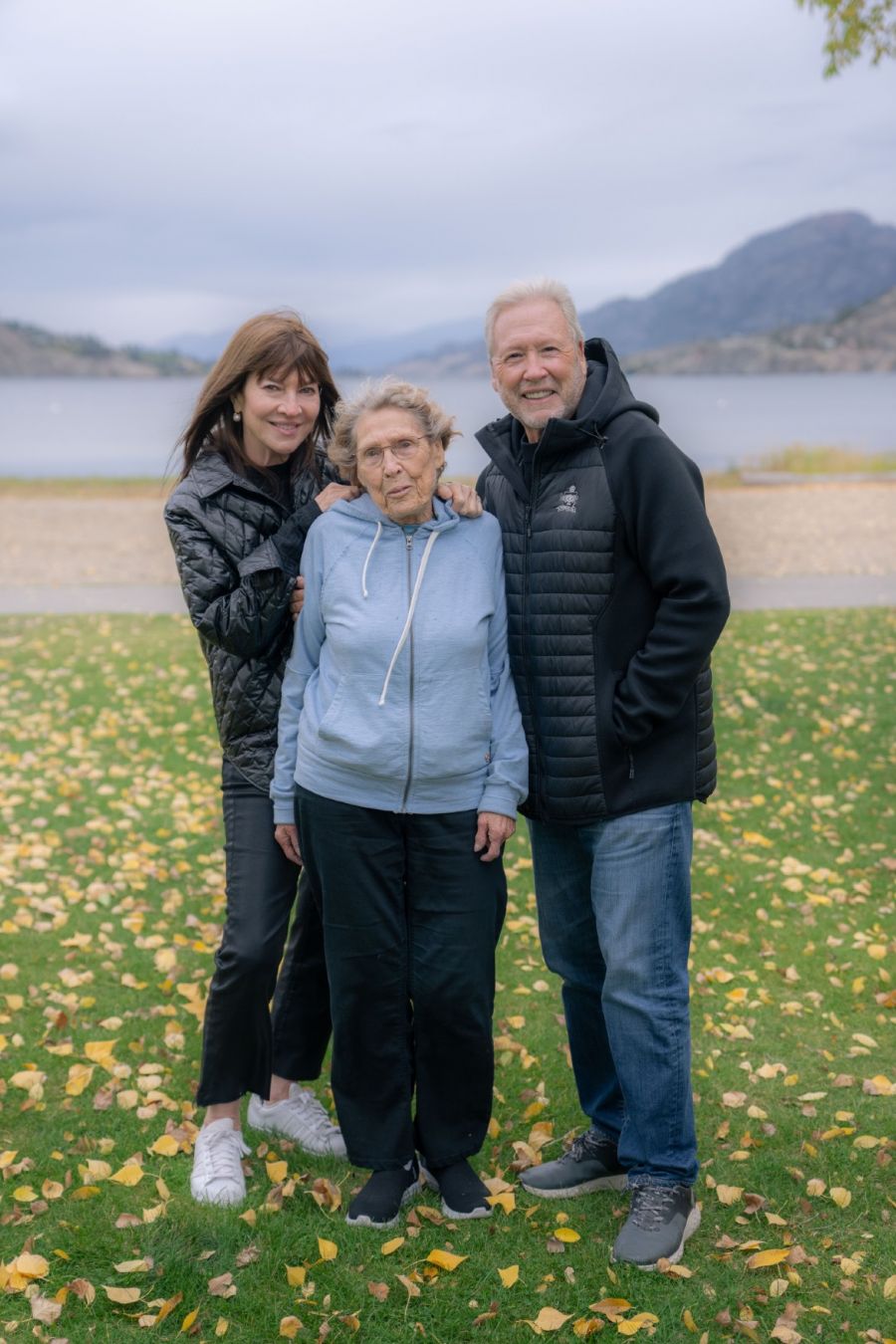








.jpg)
.jpg)

.jpg)

.jpg)
.jpg)
.jpg)
.jpg)
.jpg)

.jpg)
.jpg)
.jpg)
.jpg)
.jpg)
.jpg)
.jpg)
.jpg)
.jpg)
.jpg)
.jpg)
.jpg)










